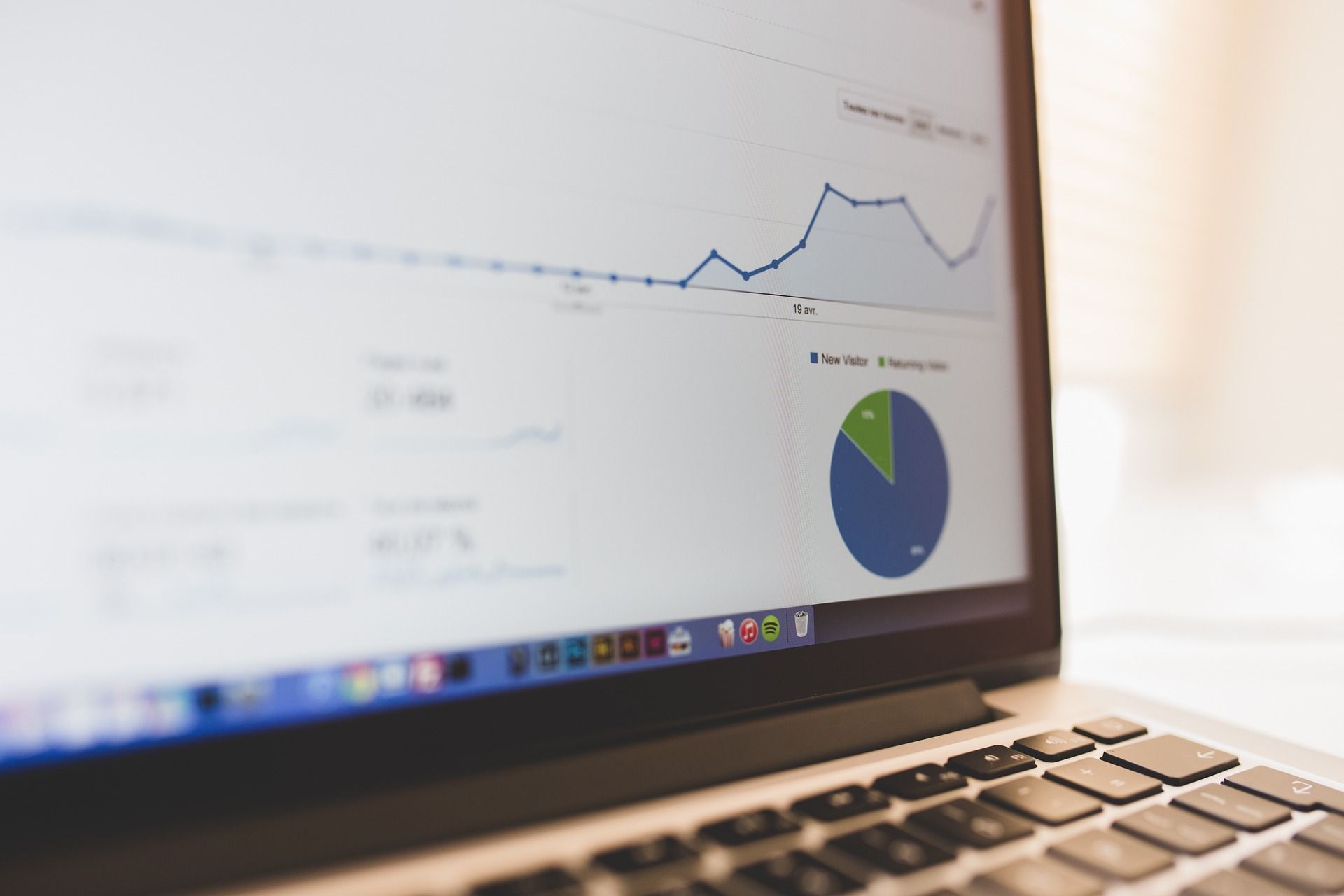
The above title is inspired by a prescient piece written by Marc Andreessen of a16z in 2011, which predicted that software would take over the world and, importantly, the key ingredients to facilitate this were falling into place globally.
This is the reality now with almost all trillion-dollar companies coming from the technology software/hardware space and we must acknowledge that technology is increasingly being used to create markets and build profit-oriented business models.
The data wave begins
A new wave is building around data.
In 2023, around 120 zettabytes of data (a zettabyte is 1 trillion GB) were created globally and data creation has been growing exponentially for some time. Oddly, we are largely ignorant about the extent of data that is created by and available to companies—a number that renders any current data creation estimate largely inadequate.
However, in a world increasingly driven by social media, we overlook the fact that behind every influencer, social media advertisement or ecommerce sale is a company where the real transformation is happening. The modern company is now a data creation and assimilation engine that often, is either unaware or highly inefficient with its own data.

.thumbnailWrapper{
width:6.62rem !important;
}
.alsoReadTitleImage{
min-width: 81px !important;
min-height: 81px !important;
}
.alsoReadMainTitleText{
font-size: 14px !important;
line-height: 20px !important;
}
.alsoReadHeadText{
font-size: 24px !important;
line-height: 20px !important;
}
}

Prior technology waves
It would help to step back and look at the two broad waves of technology that preceded this point. Each of these lasted over two decades and built scalable technology infrastructure, software and hardware (products) along with profitable business models.
During the first wave (from the mid-1970s) individuals and companies adopted personal computing, thus digitising the record generation/keeping framework and creative output of the world, and building successful businesses like infrastructure companies (Intel and Cisco), software companies (Microsoft) and product companies (Apple and HP).
In the second wave (from the turn of the millennium), with the growth of internet connectivity and the explosion of mobile internet devices, the focus shifted to building addictive social media platforms (that began a daily data creation wave) and creating acquisition pipelines for potential customers. This led to the growth of cloud infrastructure like AWS and Azure, social media platforms like Facebook and TikTok, and product platforms like the iPhone.
In a nutshell, the first wave digitised the company (infrastructure productivity) and the second wave digitised the process of customer acquisition (sales productivity) and irreversibly changed the way any company conducts its business and acquires customers. Both these waves had two commonalities: 1) They were comprehensive in their coverage (people, companies and governments), those that did not adapt were left behind; and (2) they created a new system of critical technology infrastructure that would become essential “hygiene” in the future.
Complex reality of data in companies
From a simple single-line manufacturing process to a multi-team project or a billion-dollar product launch, the amount of data created currently poses serious harnessing and analysis challenges for companies. The thrust of this new wave over the next decade will be to equip companies (and perhaps even individuals) to gather, analyse and harness their data every day. This will create new areas of focus and change the way companies view, collect and use data to become more efficient and competitive.
With base technology already in place like scalable storage infrastructure, accessible large-scale computing power (Nvidia leads the business models being scaled in this phase) and network speed and scalability that allow the modern office to function from anywhere, the next phase is inevitable. In a hyper-competitive world, companies have no choice other than to rely on data intelligence to stay relevant and profitable.
.thumbnailWrapper{
width:6.62rem !important;
}
.alsoReadTitleImage{
min-width: 81px !important;
min-height: 81px !important;
}
.alsoReadMainTitleText{
font-size: 14px !important;
line-height: 20px !important;
}
.alsoReadHeadText{
font-size: 24px !important;
line-height: 20px !important;
}
}

Rapid and irreversible shift
The shift will thus be from the API era to the ADI (actionable data intelligence) era, which may become the benchmark for the usefulness of any organisational technology system. The products and services needed for this wave of performance productivity are starting to be built and AI tools will quickly augment Tier II ERP and data intelligence solutions. Realities like rapidly expanding IoT systems and edge computing will drive this change faster and make this data collection and analysis even more critical. Like the earlier waves, companies will only have two choices: adapt or perish.
Since the title was inspired, I will proceed to merely “borrow” the last two lines from the same piece: That’s the big opportunity. I know where I’m putting my money.
(Nikhil Chandra is the Founder and CEO of DataTribe, which invests in and co-builds startups focusing on cybersecurity and data science.)
Edited by Kanishk Singh
(Disclaimer: The views and opinions expressed in this article are those of the author and do not necessarily reflect the views of YourStory.)



![Read more about the article [YS Learn] Leadership lessons from Bill Campbell](https://blog.digitalsevaa.com/wp-content/uploads/2021/02/TrillionDollarCoach-01-1591626564735-300x150.png)






